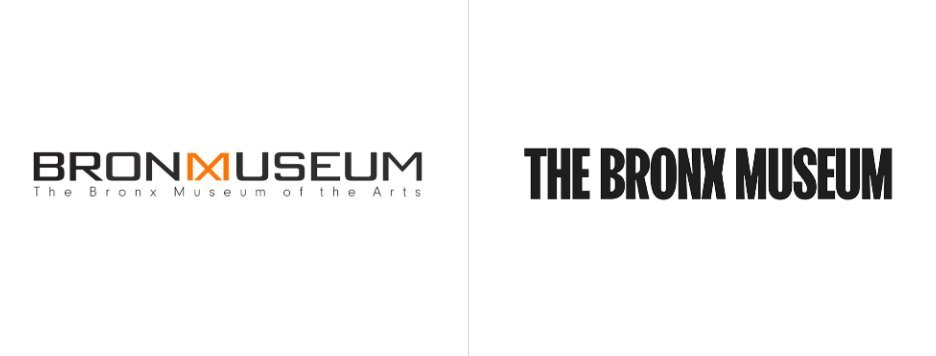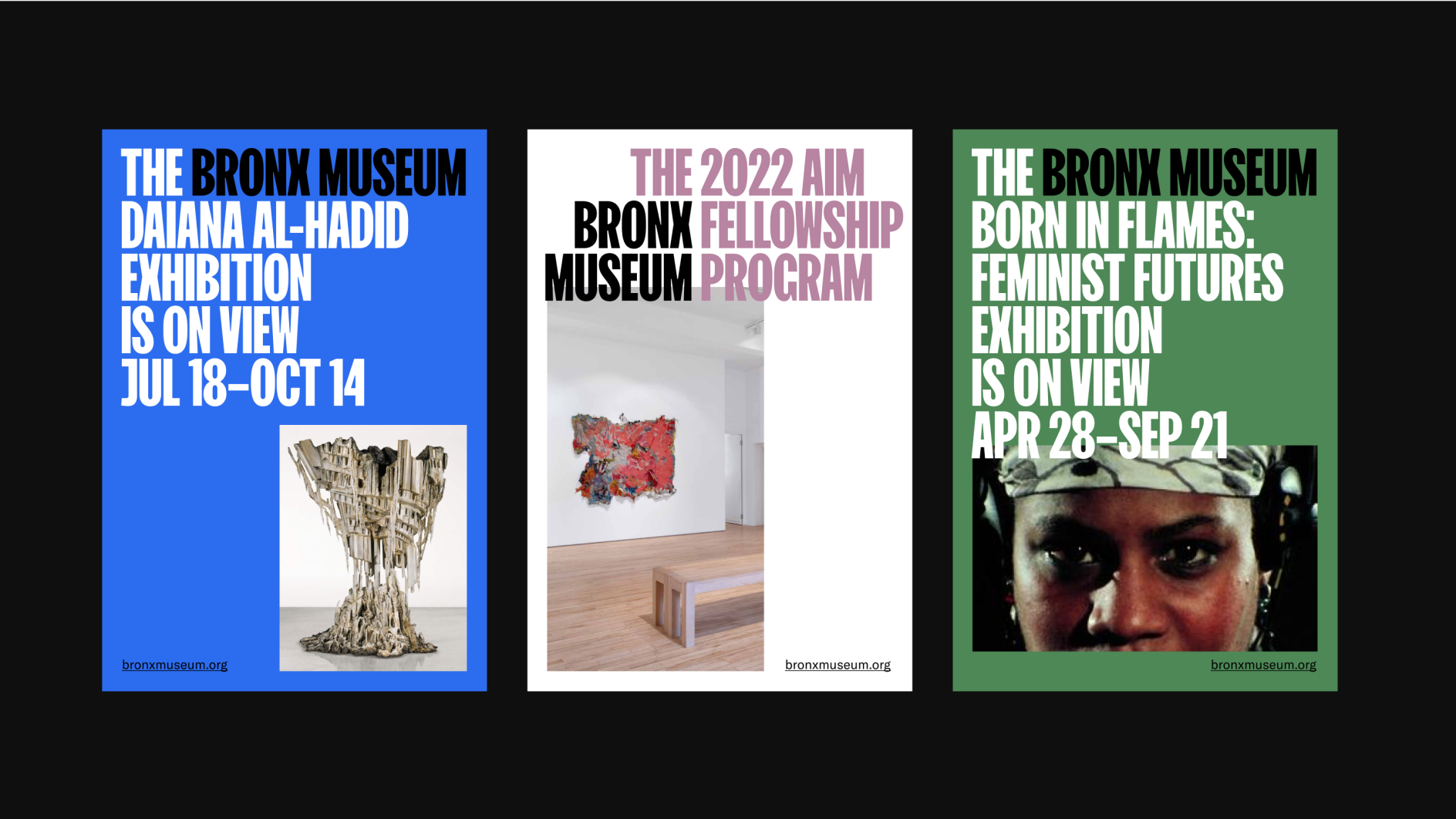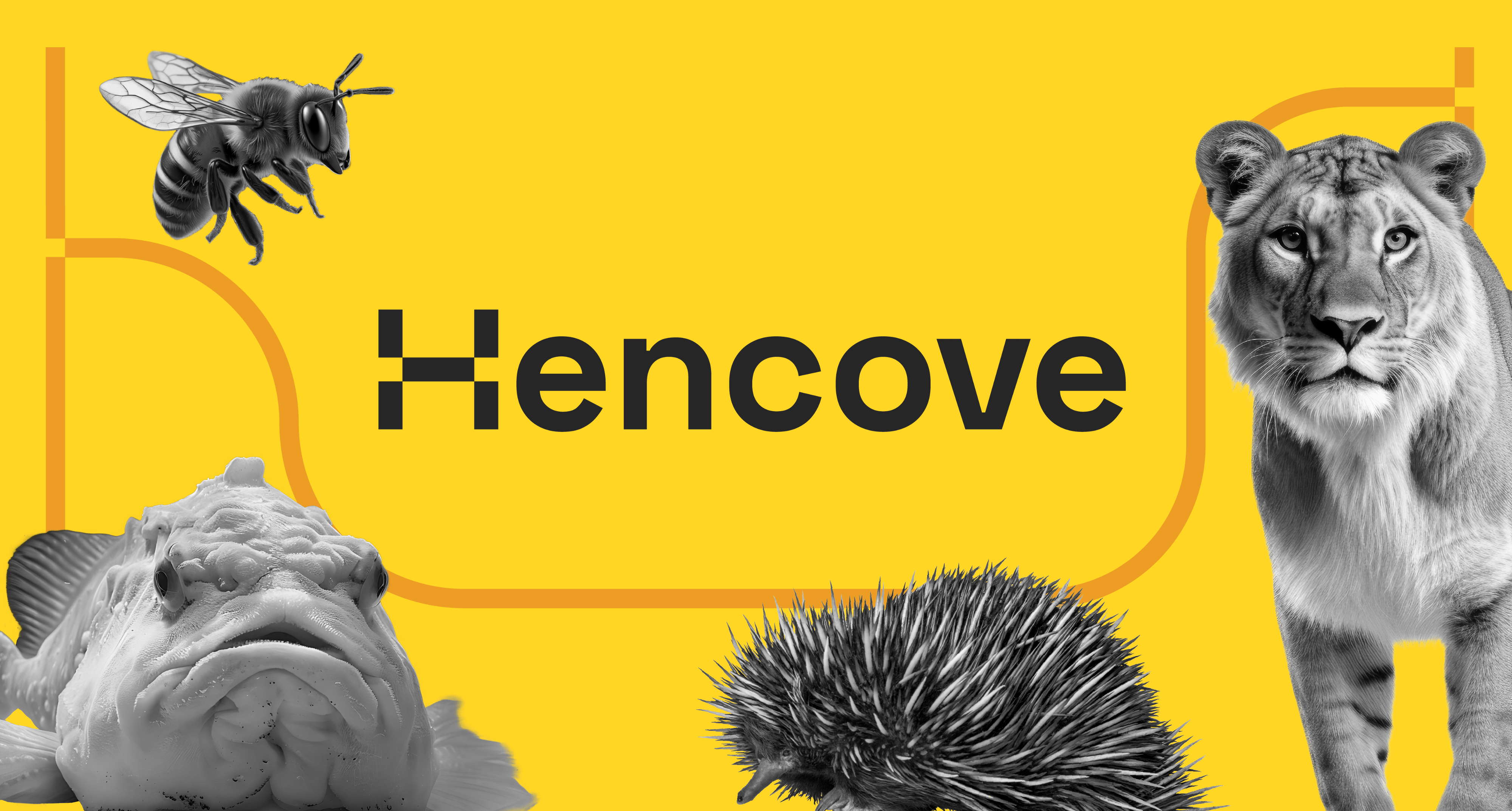It’s no secret that we’re in the midst of a third place crisis as the spaces outside our two primary environments—home and work—shrink. COVID-19 irrevocably tightened our patterns of community engagement, and we’ve all seen funding for social programs decrease and consolidate over the years.
Art museums, in particular, are an important third place that can help communities combat poverty, inequity, and intolerance when deployed and supported properly. More than just archival repositories, art museums are vital pillars of equitable access to information, interaction, and inspiration that produce informed and empathetic minds. Yet they have suffered from a lack of proper institutional support on a national scale.
To save our art museums, a recent New York Times op-ed piece states that we should treat them like we treat our highways; that we need to stop treating them like exclusive spaces and more like the societal necessities that they are. However, art museums have a reputation problem that isn’t going to solve itself. Understandably, large swathes of the population view art museums as elitist and inaccessible, which prevents membership and attendance from truly reflecting the communities in which they exist. Branding and messaging are powerful tools that can help combat these negative assumptions and truly thrust art museums back into the hands of their community members. Instead of waiting and hoping that structural funding shifts will be made, it’s time to take control of the conversation and present a compelling reason for that change.
Fortunately, some art museums are already employing these rebrand tactics successfully. In late 2022, The Bronx Museum unveiled a new identity that successfully leverages its historic borough identity and spreads its reach. As The Bronx is the only New York City borough with “The” in its name, the museum used this rogue article as a signifier of its unapologetic uniqueness instead of downplaying it for conformity’s sake. By emphasizing this distinction and pairing it with bold and expressive visual elements, the new identity highlights the special connection to its community.


The museum itself was founded on a very simple mission: “free art for all.” Holding the belief that art is an essential thread in the fabric of social justice, the founders committed to making the museum a completely free resource accessible year-round. The updated identity recenters this devotion to accessibility and representation. The new website is now bilingual and shows off a deeper cut of archival pieces for public access. The bold fonts and visuals call back to historic Bronx signage and hip-hop typographic language. And the broadly distributed advertising materials push upcoming exhibitions that feature transformative, contemporary work, often from systemically underrepresented artists.
For a rebrand to be considered successful, you need to achieve buy-in from your audience—and this did just that. The design studio credited for the project, named Team, did its due diligence by interrogating and confronting the known barriers to entry into the art world—both for artists and enthusiasts. Bridging this gap has enabled The Bronx Museum to uphold its organizational integrity while serving all community members. It’s no surprise that attendance is now hitting record numbers, especially among Bronx residents.
Art and culture are important elements of our country’s infrastructure (remember the highway analogy?), and they are arguably as essential to modern well-being as transit, schools, and beyond. Although funding for third places and community resources remains precarious, we hope to see more museums follow in the rebrand footsteps of The Bronx Museum, signaling to the public that they are culturally responsive, accessible-to-all spaces that are worthy of protection.



